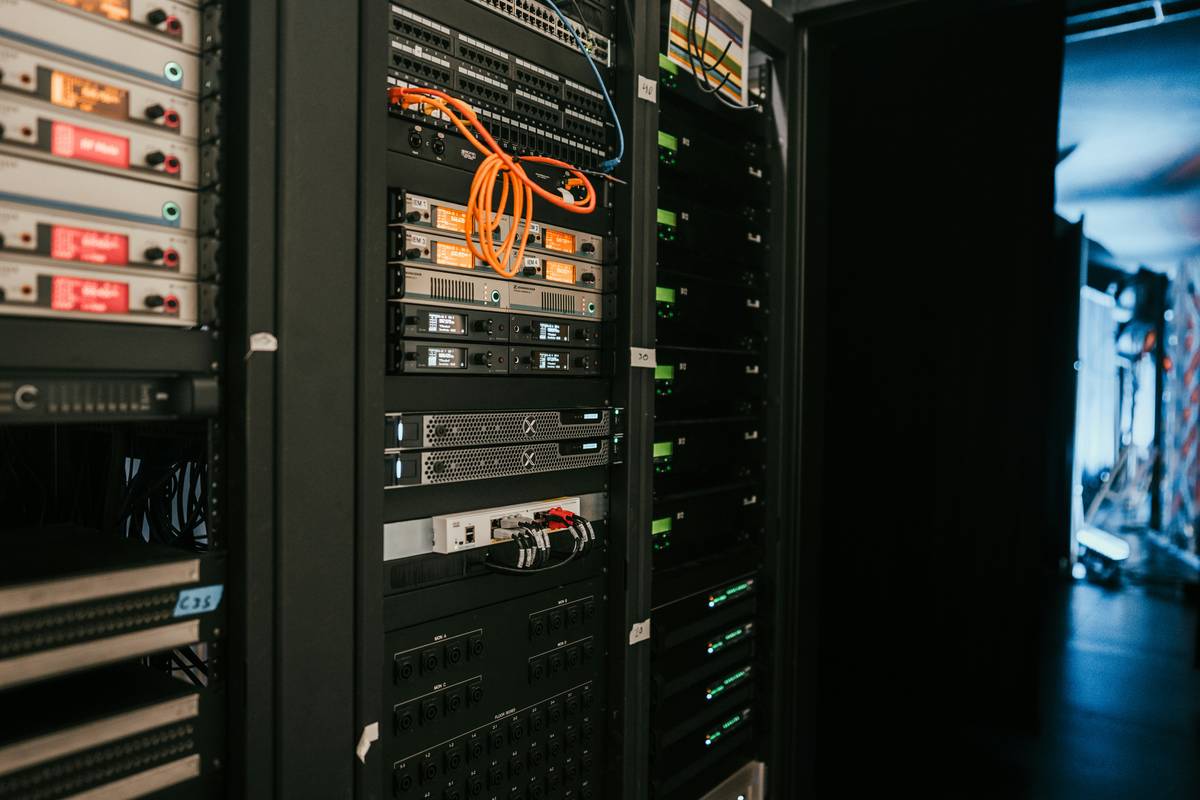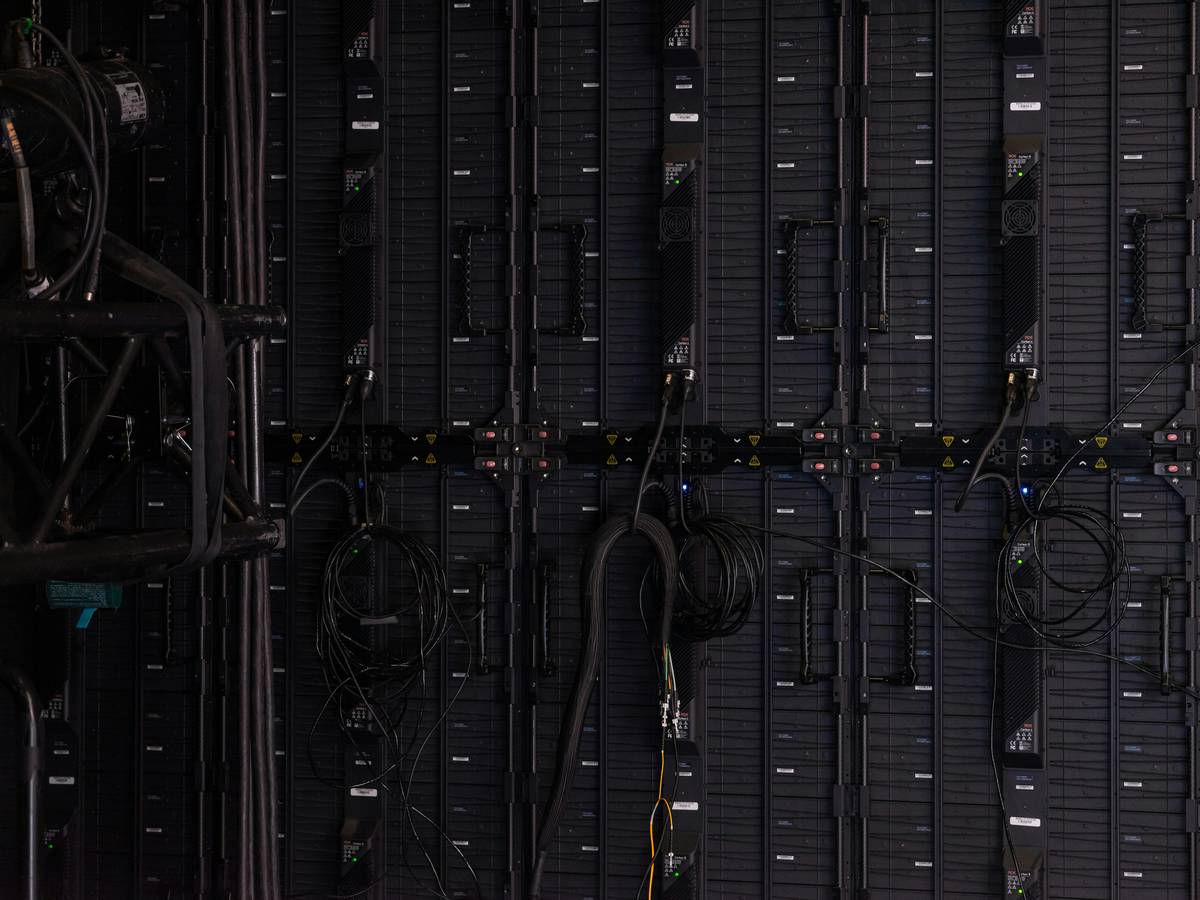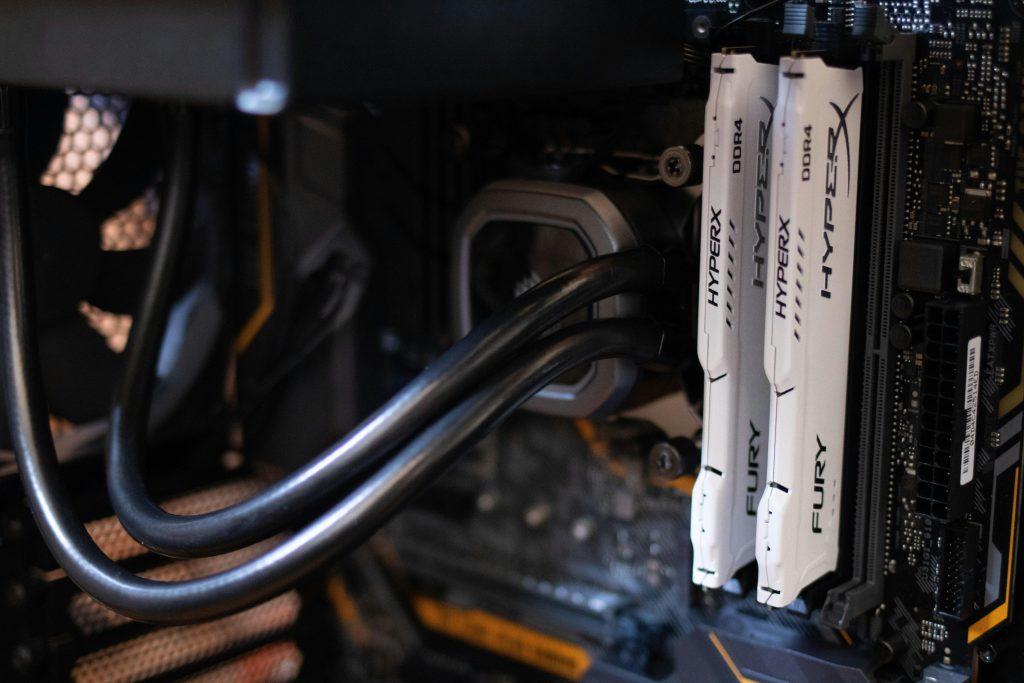Ever felt the cold sweat of panic when your network goes down during a critical business operation? Yeah, we’ve been there too. Whether it’s a server crash, ransomware attack, or an accidental misconfiguration, downtime isn’t just inconvenient—it’s costly. In fact, studies show that businesses lose an average of $5,600 per minute during network outages. Ouch.
In this post, we’re diving into the world of network disaster recovery, specifically under the lens of fault tolerance. You’ll learn why it matters, how to build a resilient system step by step, and actionable tips to keep your data safe. Let’s get into it.
Table of Contents
- Key Takeaways
- Why Fault Tolerance Matters for Network Disaster Recovery
- Step-by-Step Guide to Building a Resilient Network
- Best Practices for Network Disaster Recovery
- Real-World Examples of Fault Tolerance Success (and Failure)
- Frequently Asked Questions About Network Disaster Recovery
- Conclusion
Key Takeaways
- Fault tolerance is essential for minimizing downtime in network disaster recovery.
- A robust strategy includes redundancy, backups, and proactive monitoring.
- Automation tools can save you hours during crises—but only if they’re set up correctly.
- Ignoring regular testing? That’s like leaving your WiFi password as “admin123”. Don’t do it.
Why Fault Tolerance Matters for Network Disaster Recovery
Fault tolerance is the unsung hero of cybersecurity and data management. Imagine this:
“My company once ignored redundant servers because ‘it’ll never happen to us.’ Spoiler alert: It did. A single hardware failure took down our entire customer database for three days—costing thousands in revenue and trust.”
Sounds rough, right? But here’s what makes fault tolerance chef’s kiss: When one component fails, others seamlessly pick up the slack. Think of it like having backup dancers ready to step in when Beyoncé trips over her mic cord. Rare, but reassuring.
“Optimist You: Downtime won’t affect me!
Grumpy You: Ugh, fine—but don’t come crying when your CEO asks why half the team couldn’t access emails.”

Step-by-Step Guide to Building a Resilient Network
1. Assess Your System Vulnerabilities
Start with a risk assessment. Ask yourself:
- Which parts of my network are most prone to failure?
- What happens if my primary server crashes?
Use vulnerability scanning tools like Nessus or Qualys to identify weak spots.
2. Implement Redundancy
Redundancy means doubling (or tripling) key components:
- Set up backup servers in geographically diverse locations.
- Use multiple ISPs to avoid connectivity issues.
This ensures that even if one piece breaks, the rest keep humming along.
3. Automate Backups Like It’s Your Job
Because let’s face it—manual backups are about as reliable as dial-up internet these days. Tools like Veeam or Acronis automate your processes, saving you from last-minute scrambles.
4. Test, Rinse, Repeat
Regularly simulate disasters to ensure your plan works. Sounds tedious? Sure. But so does explaining to stakeholders why you didn’t test your DRP.
Best Practices for Network Disaster Recovery
- Create a Comprehensive Disaster Recovery Plan (DRP): Include clear roles, steps, and timelines.
- Prioritize Critical Systems First: Not all data is created equal. Focus on restoring mission-critical functions ASAP.
- Use Cloud Solutions Wisely: Cloud providers offer scalable solutions, but make sure you understand their SLAs.
- Document Everything: Keep detailed records of configurations, procedures, and contact info.
Terrible Tip Alert: Thinking “I’ll figure it out later” is a recipe for disaster. Please stop procrastinating. Thanks.

Real-World Examples of Fault Tolerance Success (and Failure)
Success Story: Amazon Web Services (AWS)
When AWS experienced an outage in December 2021, its fault-tolerant architecture minimized damage. While some services were disrupted, AWS’s global infrastructure ensured most users remained unaffected.
Failure Story: British Airways
In 2017, British Airways suffered a catastrophic IT meltdown due to poor disaster recovery planning. Thousands of flights were canceled, resulting in losses exceeding £80 million.

Frequently Asked Questions About Network Disaster Recovery
Q: What exactly is network disaster recovery?
A: It refers to the process of restoring network functionality after a disruptive event, leveraging strategies like fault tolerance.
Q: How often should I update my disaster recovery plan?
A: At least annually—or whenever significant changes occur in your infrastructure.
Q: Do small businesses need fault tolerance too?
A: Absolutely! Even small disruptions can devastate SMBs financially and reputation-wise.
Conclusion
In the fast-paced world of technology, network disaster recovery isn’t optional—it’s mandatory. By prioritizing fault tolerance through redundancy, automation, and regular testing, you’re not just protecting your assets; you’re safeguarding peace of mind.
Remember: A little preparation now saves a lot of headaches later. Now go forth and secure those networks!
Like a Tamagotchi, your network needs daily care.
Whirrrr…sounds like your laptop fan working overtime?
Stay resilient.


